- the tool allows the visualization of Monte Carlo samplers
- many different methods can be selected
- allows the exploration of settings through interactive controls
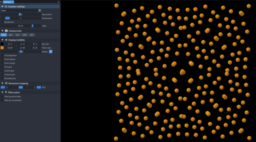
- the article provides an overview of Gaussian Splatting support in V-Ray
- explains the technique on a high level, advantages, and limitations
- presents an example of how objects can be added to scanned scenes and interact with the scene around them
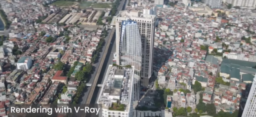
- the paper presents a framework for volumetric scene prefiltering and level-of-detail rendering
- to improve geometric fit of voxel approximations, it introduces a truncated ellipsoid primitive
- shows how the technique allows accurate LoD rendering closely matching the ground truth at all scales.
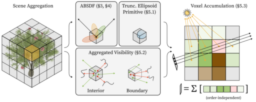
- keen games released a snapshot of their Vulkan Backend implementation
- code is not compiling as it depends on code that has not been published
- meant as a reference for others to see how concepts can be implemented
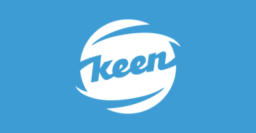
- the article explains the changes that have been made to the Nanite-like Virtual Geometry system for Bevy
- discusses software rasterization, improved LOD selection, memory reduction techniques, as well as performance optimizations
- provides links to the various PRs and explains these, making it easy to follow along
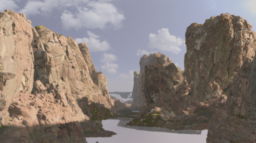
- AMD released a shader toy-like application that allows exploration of D3D12 Work graphs
- the application is compatible with D3D WARP (aka CPU emulation of D3D12)
- provides tutorials of different complexity to showcase different capabilities
- documented source code for all tutorials is provided
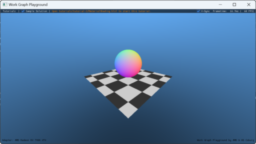
- the blog post provides a high-level overview of the hair rendering technique used in Dragon Age that uses strand-based rendering
- presents that 6.5ms (at 30fps mode) and 3ms for 60fps are reserved for hair rendering
- shows a demo video to present the technique results
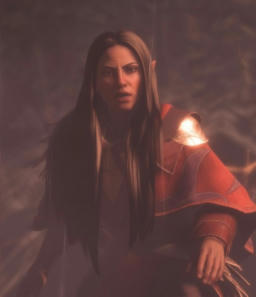
- the slides discuss the design of the C4 Engine
- present how the engine has been separated into separate components and what these components do
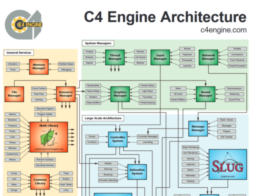
- the presentation shows how to use HLSL Wave Intrinsics
- explains what Wave Intrinsics are, what they can be used for, and the limitations
- shows practical use-cases and how to implement example solutions
- presents the generated code on AMD hardware and discusses pitfalls
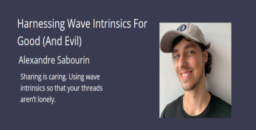
- the Bluesky thread presents a detailed look at how to optimize a 3x3x3 blur
- shows different stages of the optimization process
- published performance numbers for the different optimized implementations
- additionally presents how to use voxels to visualize the algorithm implementation
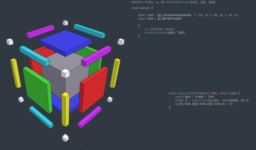
Thanks to Deepak Surti for support of this series.
Would you like to see your name here too? Become a Patreon of this series.